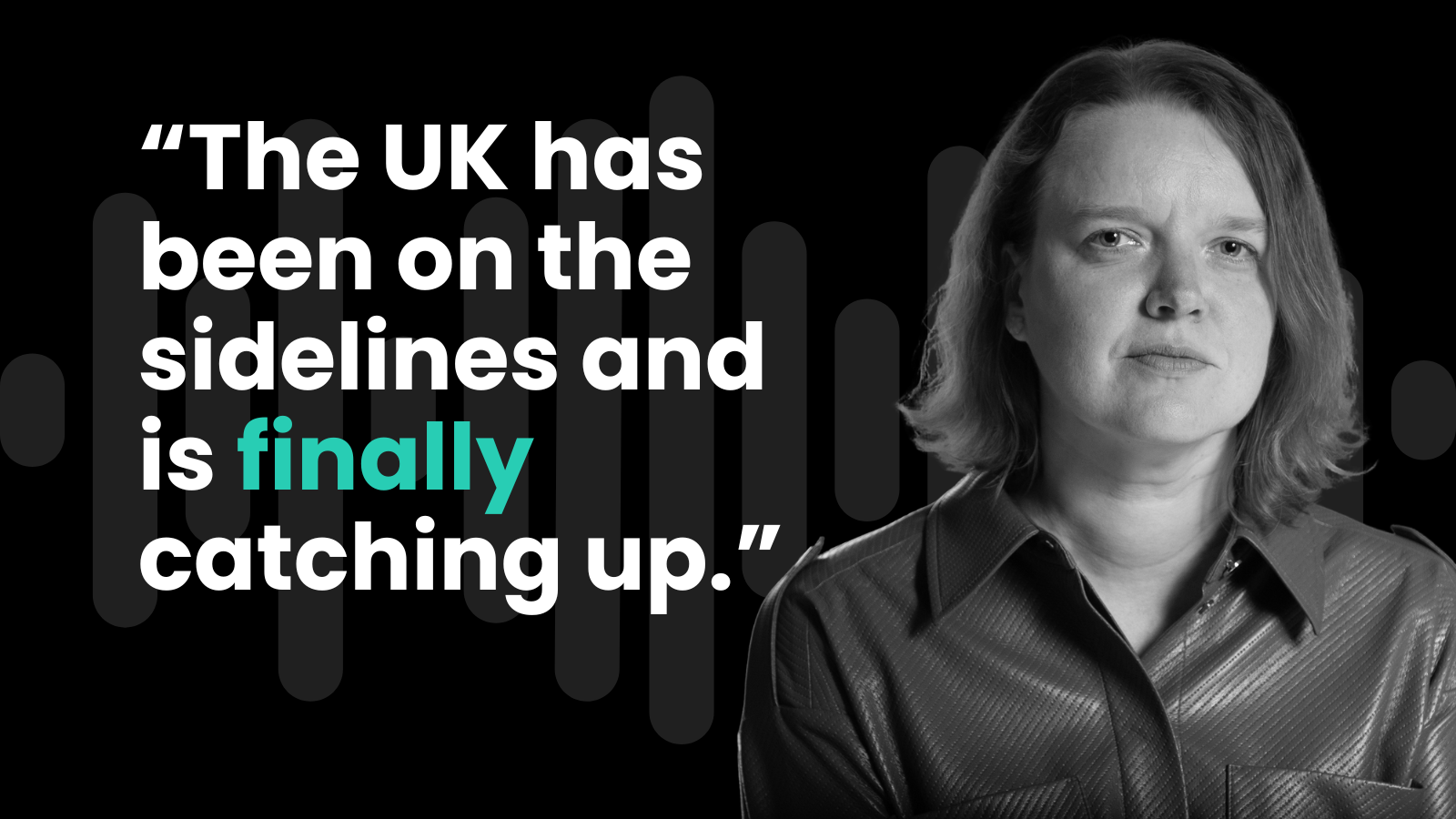Big moves in the price of Canadian-listed junior miner GoldQuest Mining TSXV:GQC in Toronto yesterday, with the stock closing up over 22% on the day, despite no major news released. We think this might be one worth keeping an eye on. Shares are up over 60% in the last 3o days.
After a six-year hiatus, the drills are spinning once more at the company’s Romero project in the Dominican Republic. GoldQuest has dusted off its rigs and ambitions for 2025, launching a new campaign that could decide whether Romero — long a promise whispered about in junior-mining circles — finally becomes a producing gold-copper mine or remains one of those geological fables that never quite reach daylight.
The programme marks GoldQuest’s first real push since 2018. Its stated aim is twofold: to advance the existing Romero mineral resource while probing a handful of enticing greenfield targets scattered along the Tireo Belt, a volcanic chain that runs through the country’s rugged interior.
Early work has begun on hole LTP-171, already down to 220 metres, designed largely for metallurgical test work rather than discovery glamour. A second rig, the company says, will soon follow to punch more such holes, feeding data into development studies.
Is this what is getting the market excited though?
No, a third rig is where the real excitement lies. It will head to Cachimbo, a prospect lying beyond the known resource area, where a 5,000-metre exploration programme is set to start in November. GoldQuest hopes this will reveal a new zone of gold-copper mineralisation and prove that Romero is not a solitary deposit but part of a much larger mineral system stretching across the belt.
- A Canadian mining royalty stock with a world class portfolio
- The Great Mineral Scramble: How rare earths became the new oil
- Canada’s phosphate play: rare opportunity in a volatile market?
Behind the scenes, the company has been engaged in the quieter but no less critical business of geological housekeeping. Technical teams have re-examined the district’s structural geology, tweaking 3D models of the ore system and bringing in a senior geophysicist to reinterpret dusty old survey data. The idea is to use modern processing to see what earlier generations missed — the twenty-first-century equivalent of checking under the sofa cushions for forgotten treasure.
GoldQuest plans to de-risk Romero
Luis Santana, GoldQuest’s chief executive, has every reason to sound upbeat. He insists the programme is not just a speculative punt but part of a disciplined plan to “de-risk” Romero while creating “shareholder value,” the talismanic phrase of every mining press release. For now, investors will take comfort in the fact that drills are moving, data is flowing, and the company is again visible on the exploration radar.
Yet the path ahead is not without obstacles. The Dominican Republic has proved a testing jurisdiction for miners before: bureaucratic delays, shifting politics and local opposition have all, at times, slowed development. Romero itself has faced years of permitting limbo. GoldQuest’s decision to return to the field could be read as quiet confidence that the regulatory winds are shifting in its favour — or, more simply, that patience has worn thin and progress must be seen to be made.
For the moment, optimism rules. The price of gold remains comfortably above US$4,000 an ounce, investors are once again sniffing around Latin American projects, and the lack of investment in junior gold and copper resources over the last decade means projects which have a whiff of large scale upside are starting to attract considerable attention.






















